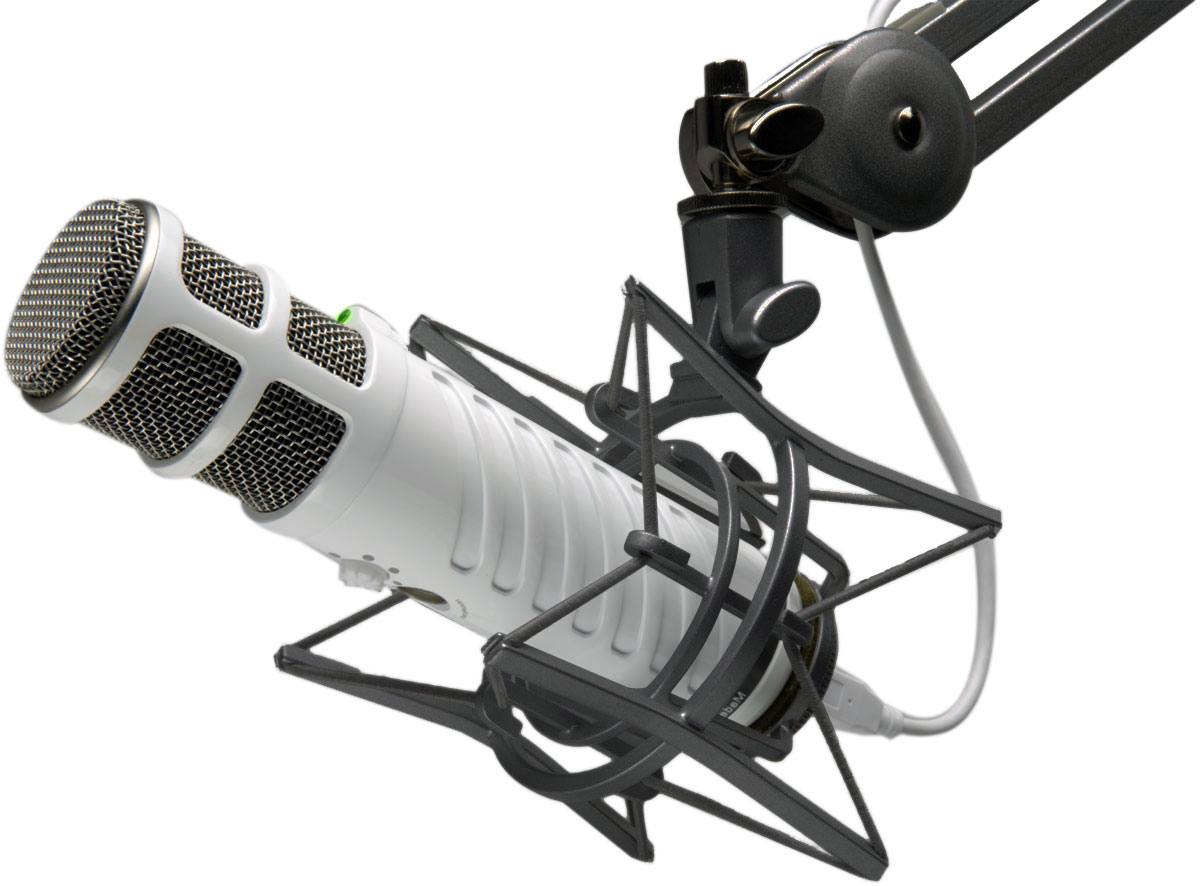What is an XLR Microphone?
Everyone wants a quality sound out of their microphones. Microphones come in a variety of working conditions and operational equipment, which influences the quality and the excellence of music. For this purpose, XLR microphones are commonly used due to their number of benefits and professional-grade construction.
XLR is regarded as the professional audio connector which gets its name from different types of connectivity pins, including X connector, L connector, and R connector. XLR cables even come in a variety of classes, but the most common amongst them is the XLR3, which we’ll discuss in detail.
Why would you need an XLR microphone?
The XLR microphone serves as the balanced output, which provides a clear and crisp audio quality by carefully transferring the accurate audio signals. XLR3 cables use the three-pin switches, mainly a female and a male, to connect the microphone. Special XLR microphones or microphone that has XLR ports are better and reliable products that can record a lot better and gives better results.
- Balanced Audio
XLR microphone is better able to produce balanced audio. Now someone might think that what is balanced audio? Balanced sound means that your microphone’s cable length will not destroy or disrupt the quality of audio. This is done by the XLR microphone by a unique mechanism of transferring the audio signals. The XLR cable moves the audio signals from an extended length of the cable by adopting a dual way method. It carries two copies of signals in the reverse polarity. This feature can minimize the interferences caused due to cable’s quality and length.
How does it work?
Basically, there are three pins in the XLR3 cable. Two of which carry the signals in the opposite polarity. One might find it odd, but it doesn’t cancel out the whole signal during output, but only the interferences are reduced to achieve balanced audio. Additionally, there is a differential amplifier installed in the XLR microphones, which can double the amplitude of the microphone output signals, bringing more clarity and sharpness.
- Common-Mode Rejection (CMR)
There is another benefit of having the XLR cables microphones in your setup. The Common-Mode Rejection feature helps you to minimize the interferences during the recording, travelling, and output, which can be experienced by any non-XLR microphone.
- Microphone’s Safety
XLR cables are of more professional-grade and superior quality. These cables serve more protection to the microphone devices as compared to the ordinary USB cables. This is because, amongst the three pins, one pin is ground. Therefore, it saves your microphone from any electrical damage and voltage fluctuation. XLR cables have a unique design that connects the pin one at first and then the other two pins to protect from the short circuit issues.
The responses below are not provided, commissioned, reviewed, approved, or otherwise endorsed by any financial entity or advertiser. It is not the advertiser’s responsibility to ensure all posts and/or questions are answered.






